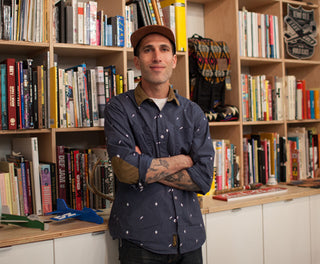I enjoy storytelling. I don’t know if I always did, but I do, and selfishly, the most obvious reason is that the tales of other’s triumphs inspire me to become greater. Creatives finding their breakthrough and following a dream lights a fire under my sometimes stagnant beliefs in my own thoughts and ideas. While not every story will resonate with readers, the element of discovering something you haven’t already read about a million times is important in what I do. Then there are times you come across familiar faces who have been interviewed many times, yet always have something special to share with others – like Benny Gold.
Following his studies at the Savannah College of Art & Design in Georgia, Benny Gold made his way to San Francisco in 1998 – a dream come true for the then 23 year-old Key West native. Inspired by skateboarding and punk rock, Benny steadily climbed the corporate ladder, designing logos for the likes of boxer Oscar de la Hoya’s now-defunct department store brand, to letting his frustration with working for others finally fuel his need to create something without boundaries; a side project that would become the Benny Gold imprint.
A pioneer in the world of modern streetwear, especially in San Francisco, Benny has spent the last decade perfecting his craft, building a flagship retail storefront, worldwide distribution and a warehouse/office space creative enough that it blends into the city as a pawn shop. What most don’t realize is the price that comes with a growing business, the frustrations of minimums, and the stressful nature of not only keeping a roof over your own head but those who have helped build your business into what its become.
During a recent trip to San Francisco, I caught up with my old friend for a long chat about how much the industry has grown since the early HUF days (Benny designed the original logo with an etch-a-sketch). I learned about a variety of fascinating events that have subconsciously shaped Benny Gold’s career and personal life, yet never deterred him from the big picture, which paints a portrait of an earnest designer looking to leave an indelible imprint on an industry of perpetual change.
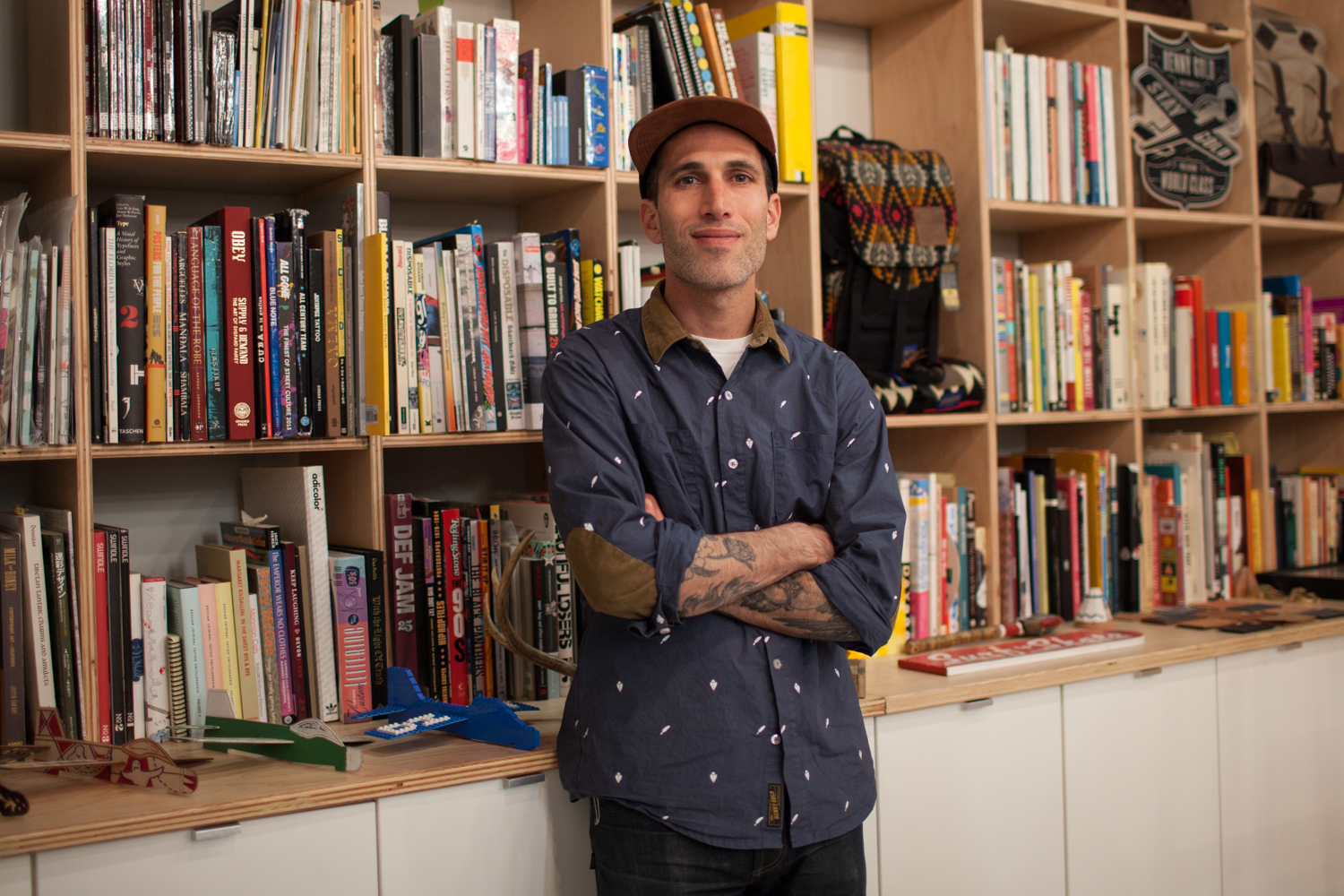
LUIS RUANO: I remember the last time we spoke you mentioned moving into a new warehouse?
BENNY GOLD: So we finally got our own warehouse, a couple of blocks away from the shop. We were in there for a little over a year and then there was a fire in the building that spread from two units down. I came to work one day and there were fire trucks down the block and I was like, “Oh, man, that sucks, I wonder what’s going on, I hope people are okay.” I get there and it’s like, “Ah, shit, it’s my building…”
It sucks because it was an awesome building and is an old artist cooperative –there aren’t many left in San Francisco just because everyone needs space for condos and houses. We were the only commercial space in the building, everyone else was living in there. I felt bad because [when I arrived on the scene], everyone was outside, crying and losing their homes. I didn’t even have time to mourn, I just grabbed a U-Haul, showed up, and as soon as the fire trucks hosed the building down, I was in there pulling product out.
We moved it all into a storage unit, all my guys worked on my dining room table for way too long. We felt like a start-up and then we found this place downtown – it’s an old abandoned pawn shop that’s been abandoned for 5 years I think. I fully renovated it, left the front [the way it is] so it stills blend into the neighborhood, which makes it look like it’s been here forever.
I THINK MY ENTIRE CAREER HAS BEEN SPONTANEOUS
How much of your career has been guided by adapting to unexpected circumstances i.e. the fire in your building?
I think my entire career has been spontaneous like that. I made a conscious effort to study graphic design because I went to college. But then I moved out here with the idea that I was going to work in these big design firms and I was going to win these design awards and be in design magazines and be talked about. Then when I got into that world, it was totally not what I wanted.
It was cutthroat, it was long hours, and I was in my 20s and we were working until about 1 or 2 in the morning every night. People would take designs and sell them as their own ideas; other creatives. It just wasn’t the environment I really wanted or pictured [myself in]. I fantasized what it would be like to work professionally at a college and it was totally different.
The Benny Gold brand was started as a creative outlet on my own to feel something I could feel proud of on my own – that’s 100% my own, that’s not cutthroat, and I could express myself individually. I never had a plan to start a brand, it’s just because I was in this design business and it was so high stress that I needed something to be my own.
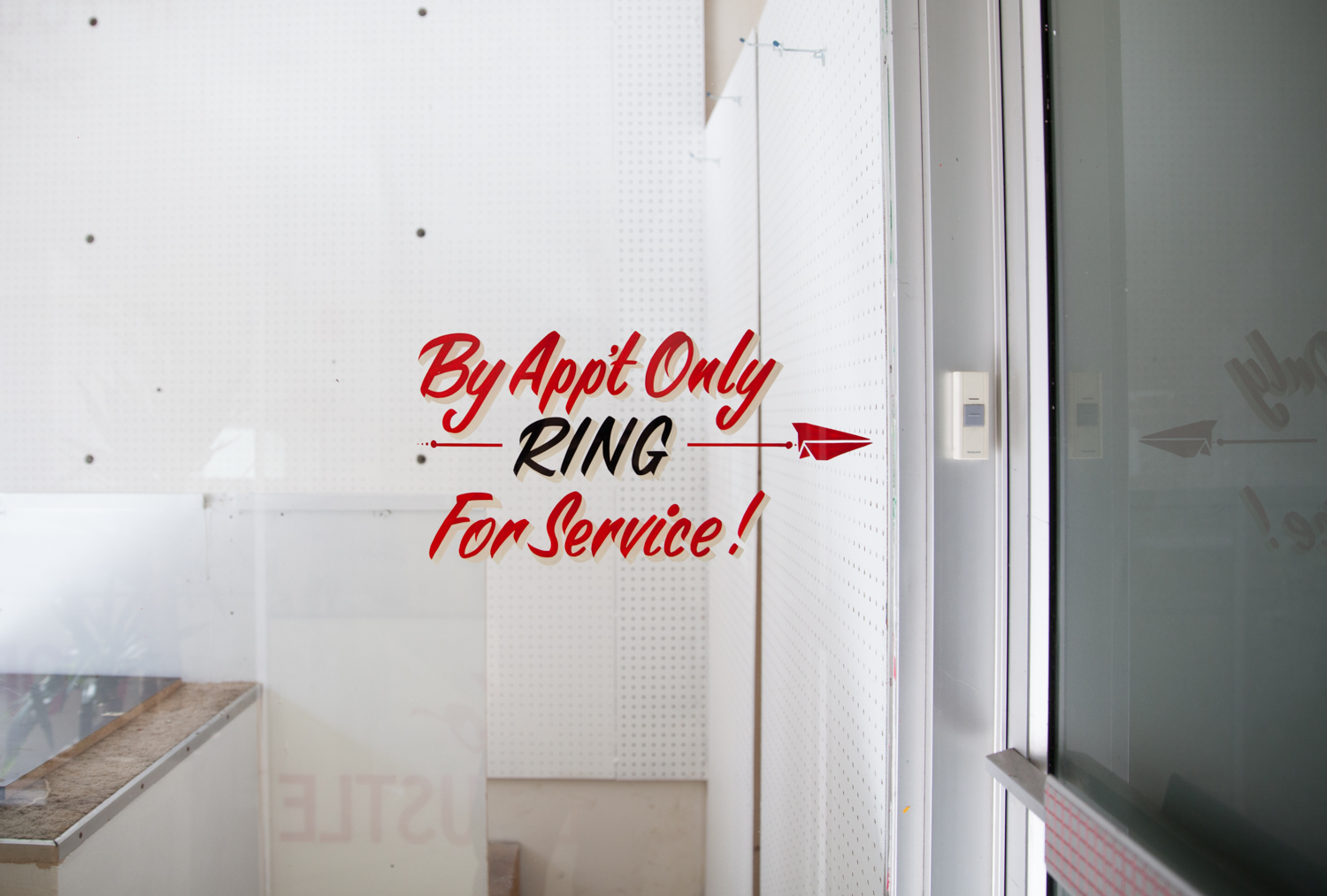
How much influence did working in a corporate environment have on your own personal way of doing things?
I think working in that environment helped me learn the rules and learn what good design really is. It gave me a point of view on what people perceive as good design, and then to be on my own and help it evolve into my own style. It’s nice to know the rules before you can break them.
It took a while to shake the corporate design stuff off me. Early stuff was still very corporate. Then I went fully off the deep end and everything was loose, hand drawn fonts with no structure to them. Now I’ve found a middle ground to where it looks like it could be something out there but it’s all custom.
IT’S NICE TO KNOW THE RULES BEFORE YOU CAN BREAK THEM
Your path seemed very structured.
I’ve always kind of done stuff in the order things were supposed to happen. I graduated high school, went to college, got a real job, got sick of that job, freelanced, started a business on my own, and grew from there. I dated a girl, got married, had a kid. I’ve always done stuff in steps, it’s never out of order.
I think for me, it’s because I come from this really unstructured hippy upbringing. There was no structure and I didn’t have to go to school if I didn’t want to. It was my choice and my way of making sense of the world was to make sure that it was in order. I think that’s why I got so attracted to graphic design, because there is definitely an order and a way to make things, from concept to completion.
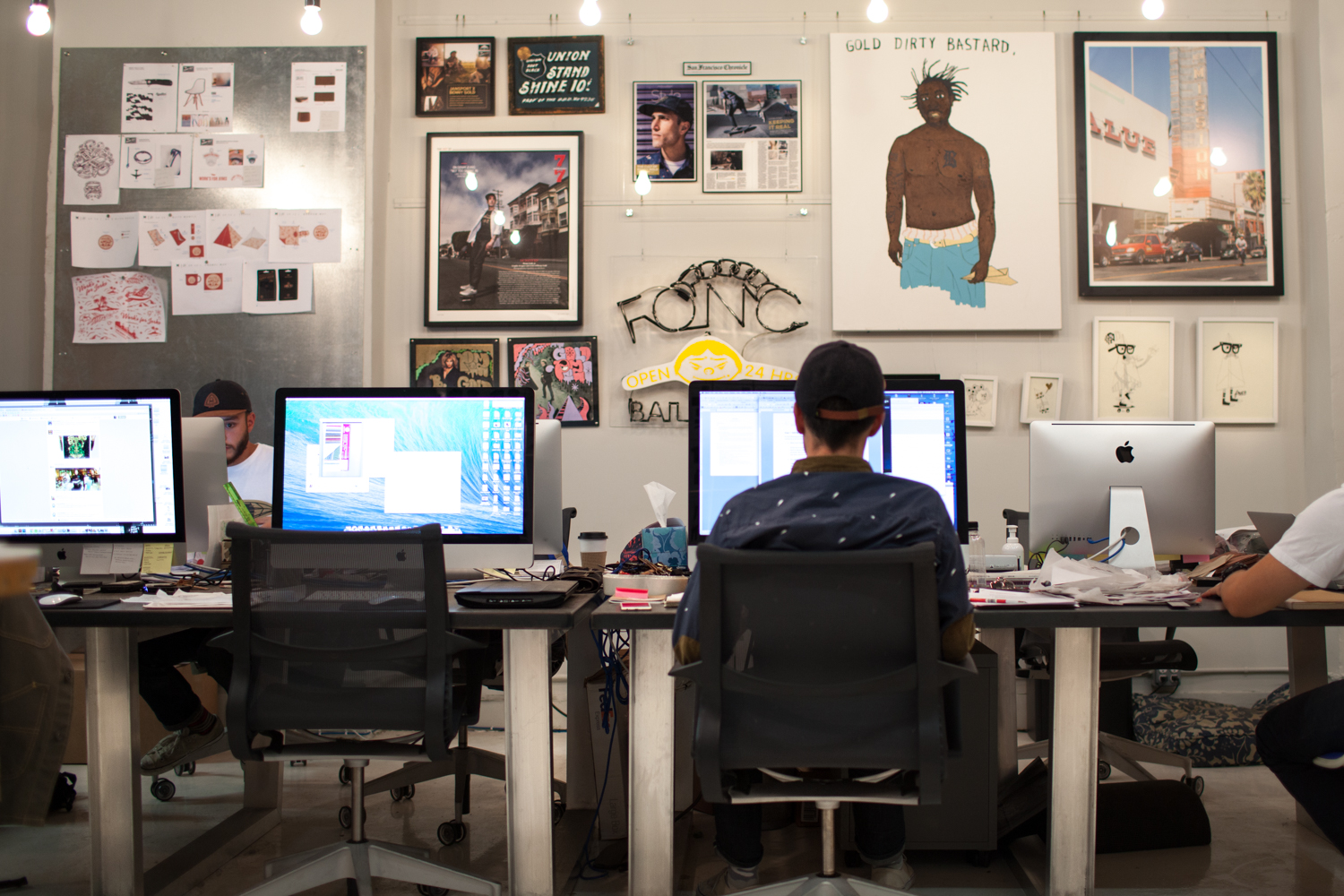
What’s the trickiest part about transitioning from a one-man band to a full-fledged squad?
It’s managing people. Because before, it was just me, by myself, in my apartment doing something I loved – drawing pictures, designing stuff, and putting it out there for the world. Now we have a team. People are helping me promote it; helping me design it. For me to learn how to let go a little bit has been the biggest challenge.
When you’re designing and doing your own product in your house, you want everyone to know what you’re doing… You wouldn’t be making stuff if you didn’t want people to see it. But then you gotta be careful what you wish for, because once everyone does know your name and who you are, there’s a lot of stress that comes with that. Because you can’t really – everyone wants something from you, everyone has a question for you, and so you lose your anonymity.
IT’S HARD TO BE ANGRY ABOUT IT WHEN IT’S SOMETHING YOU SAT DOWN AND PHYSICALLY WISHED FOR
Going to trade shows and stuff is stressful because everybody knows who you are nowadays. I mean, the Internet is one thing, but to actually have a face behind a brand where everyone knows who you are – that’s a big a challenge too. How do I balance my own personal work and still put something out there that everyone knows?
Did that ever cross your mind when you first stared the brand using your name?
I just kind of ran with it because I was designing under the name Benny Gold and it was just a way for me to sign my projects. And then when it evolved into a brand, it was too late to go back. It would be like starting over – “What is this brand?” No one would know what it was about. It’s weird because you wish for it, so it’s hard to be angry about it when it’s something you sat down and physically wished for. You put it out there that you want everyone to know who Benny Gold is or who Bobby Hundreds is. Now when everyone knows, you can’t get away with it.
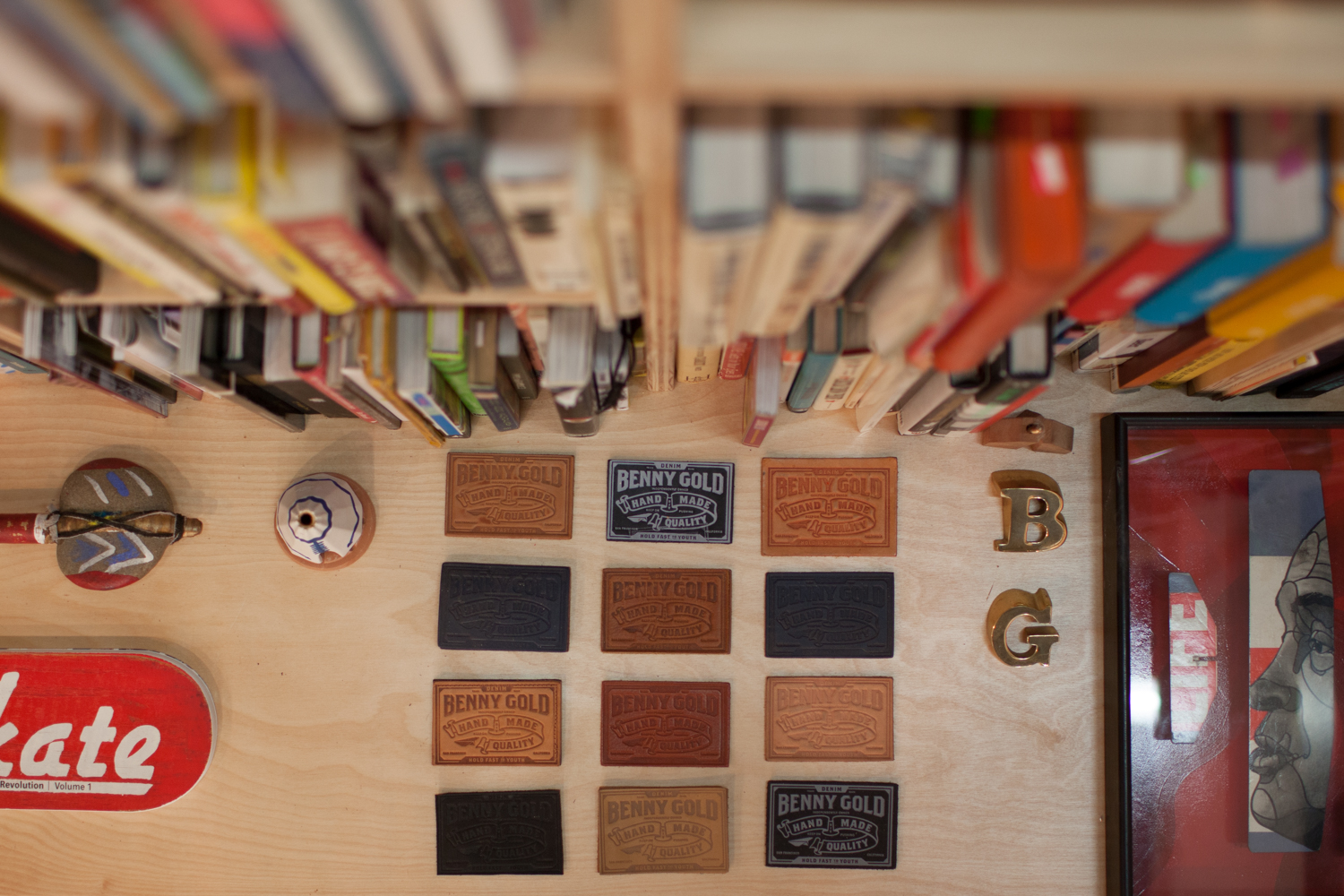
Do you think kids are fully invested in subcultures – like streetwear – as they once were?
That’s interesting because it’s not only streetwear, it’s everything. When I was a kid, you had to fully be into something 100%. If you were into streetwear, then you were into streetwear. If you were into skateboarding, you were 100% a skateboarder. But now I see kids that come in the shop and they have the luxury of being a little into everything because of the Internet and whatever else, and still just as much as the people that were 100% into something because all the information is out there.
For us to find to those little shops like HUF or Concepts in Boston or any other shop, we had to be so into the culture that someone had to tell us to go check it out. But now it’s on everyone’s websites and you can Google it – just Google streetwear shop and it shows you which ones to go to. I mean, there’s a whole neighborhood in LA on it now. So they know as much as we do without the effort. I think that’s with everything.
I DEFINITELY FEEL FORTUNATE THAT I GREW UP IN A TIME WHERE I HAD TO DIG TO FIND SOMETHING
When I got into punk rock as a little kid, you were so into punk rock, you had to go to these concerts and you had to buy records at the show to find out about any new bands or any new labels. Now I can Spotify a band and it shows you similar bands and similar labels. So you can tell me, “I heard this band,” and I can pull out my phone and find every other band that’s like that. So people have the luxury now of being a little into everything.
It’s easy to say it’s bad because it’s not the way we’re used to it. And who knows, are these kids as passionate about whatever they’re into now as we were? I don’t know, but I definitely feel fortunate that I grew up in a time where I had to dig to find something.
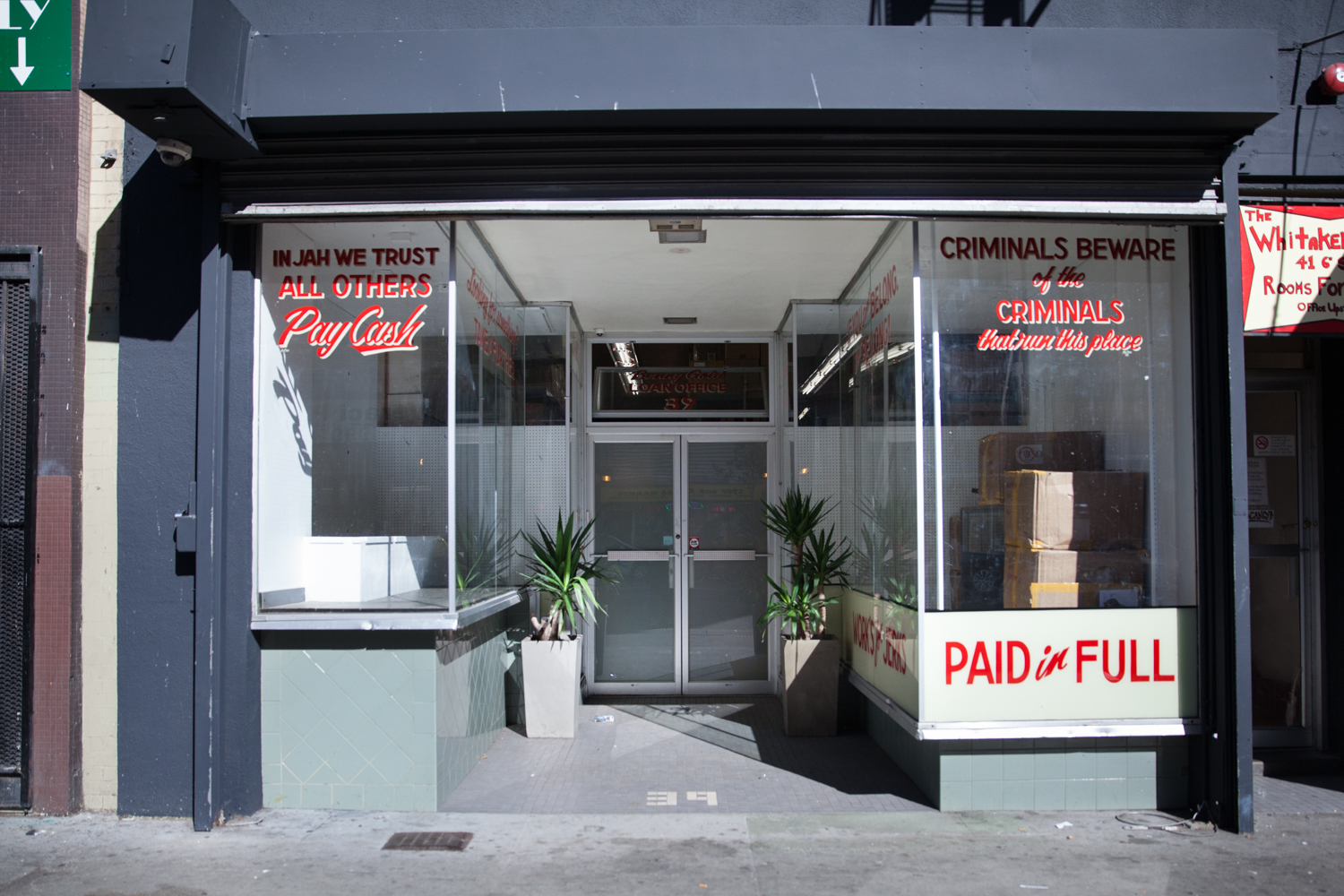
Do you ever see yourself leaving San Francisco?
Man, I love San Francisco, ever since I was a little kid San Francisco was the only place I ever wanted to live. I even started using all the slang words from rap songs and everything I could find as a kid. My main goal was to get out of my town and move to San Francisco.
I grew up in Key West, Florida. A little island off Miami. I was such a different type of kid than anyone in that town. Everyone was a beachy fishermen and I was this punk rock skateboarding kid that stood out. I was like “Get me out of this town.” I love Key West and I love where I grew up, but I just wanted to be around a community that I felt a part of and I always felt a part of San Francisco.
Moving out – it gets hard, the city’s expensive now, especially when you have kids, you want more space for your kid. And as a kid for me, I was never trapped inside my house all day. I was able to run around the beach, the island. Here, my daughter can’t walk down the block without us because of traffic and it’s a city. Priorities change as you get older, but I wouldn’t mind seeing myself make enough money so I could actually stay in San Francisco and give her the space that she needs. That’s hard, that’s why a lot of people move to Los Angeles and other places.
What’s your proudest career achievement?
It’s where the brand is and how it’s grown. We have 11 people that depend on it, they live off it, my wife and I live off it, and it’s awesome to have something that was just a small thing that you were doing for the fuck of it to grow into something that can actually feed people.
When I look at Instagram, fans will tag the brand and talk about how it’s their favorite brand and how they love it and how they’re inspired by it. That’s a huge achievement.
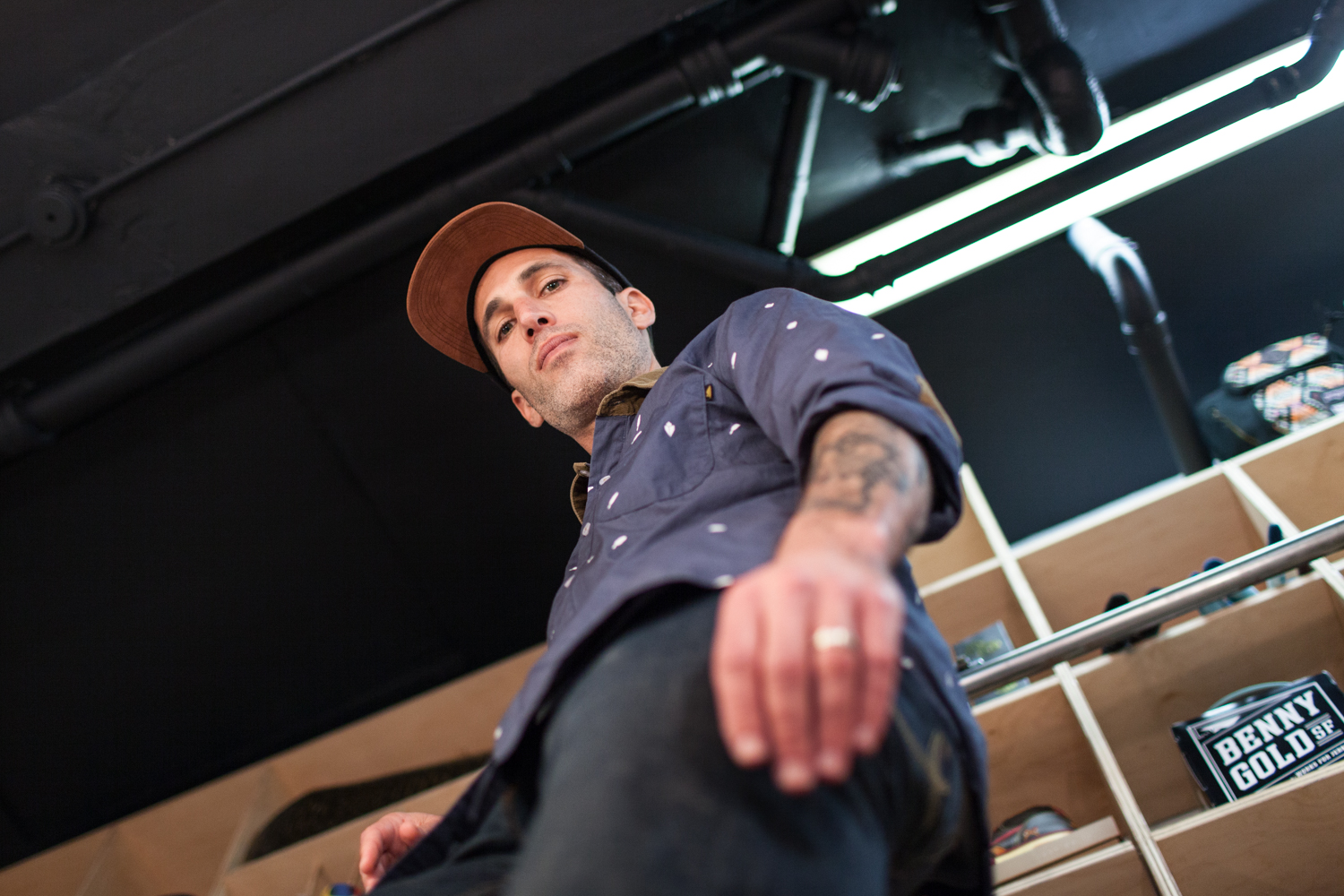
::
Benny Gold
3169 16th St.
San Francisco, CA 94103
Tel:415.814.3940
Catch Benny Gold on Instagram HERE.

